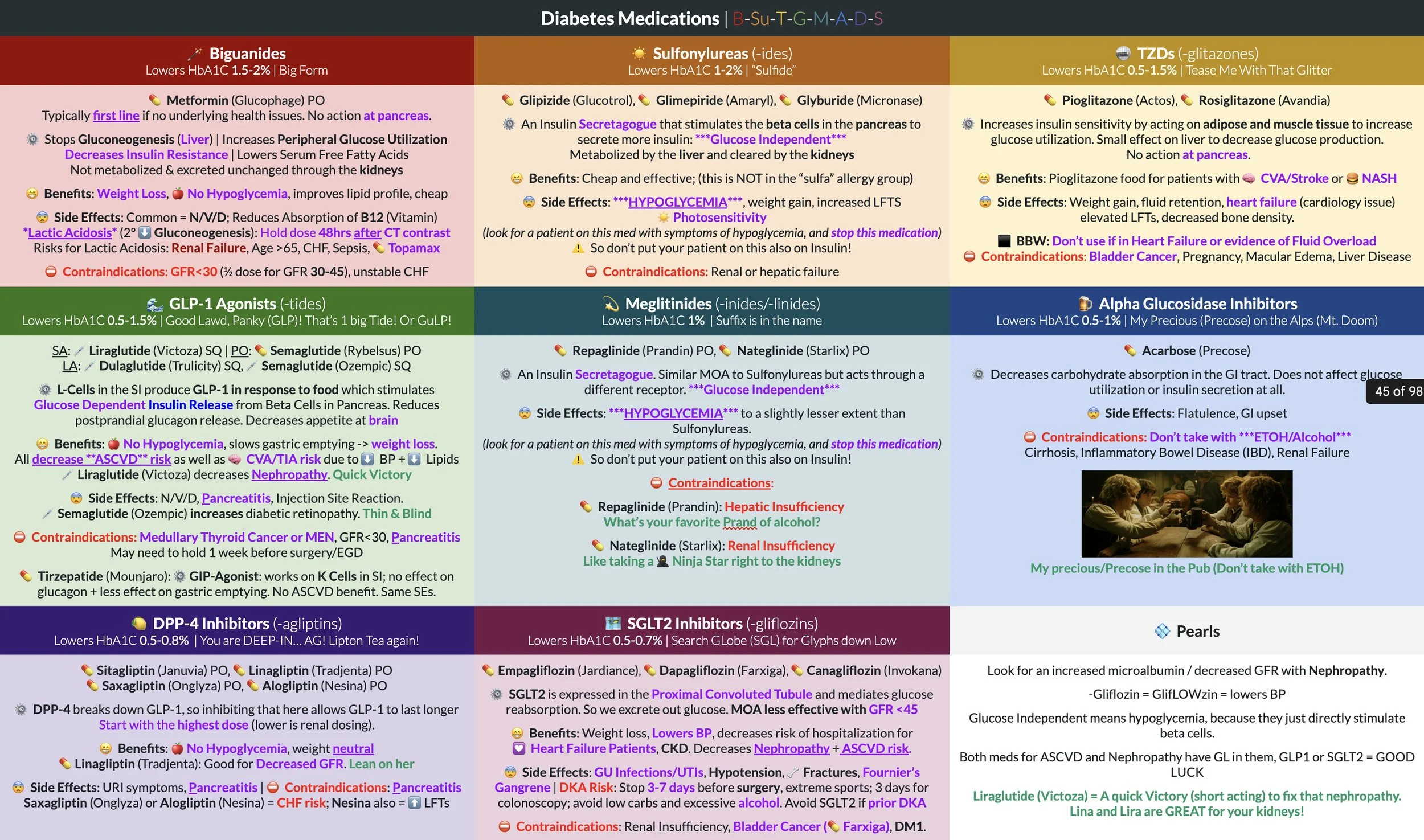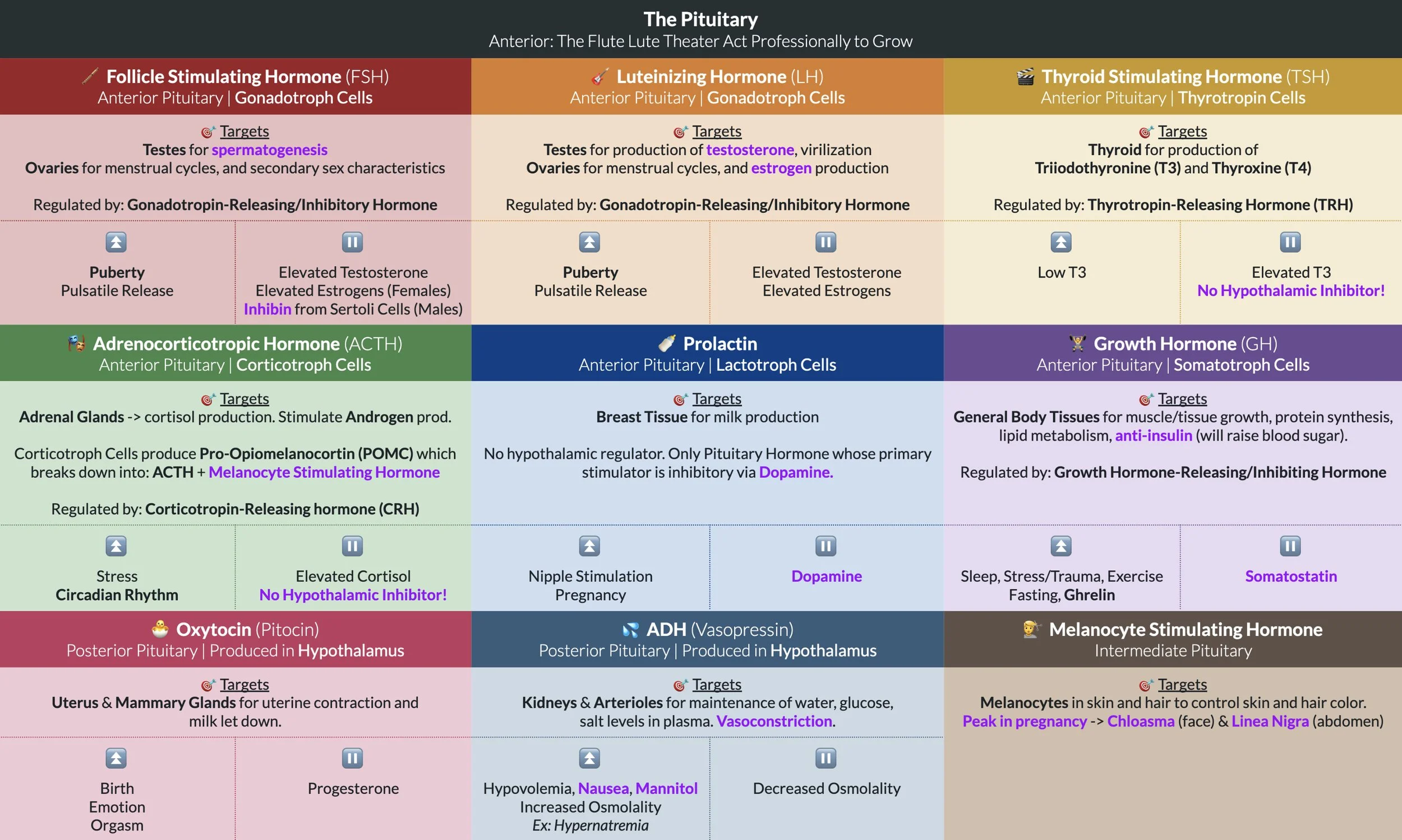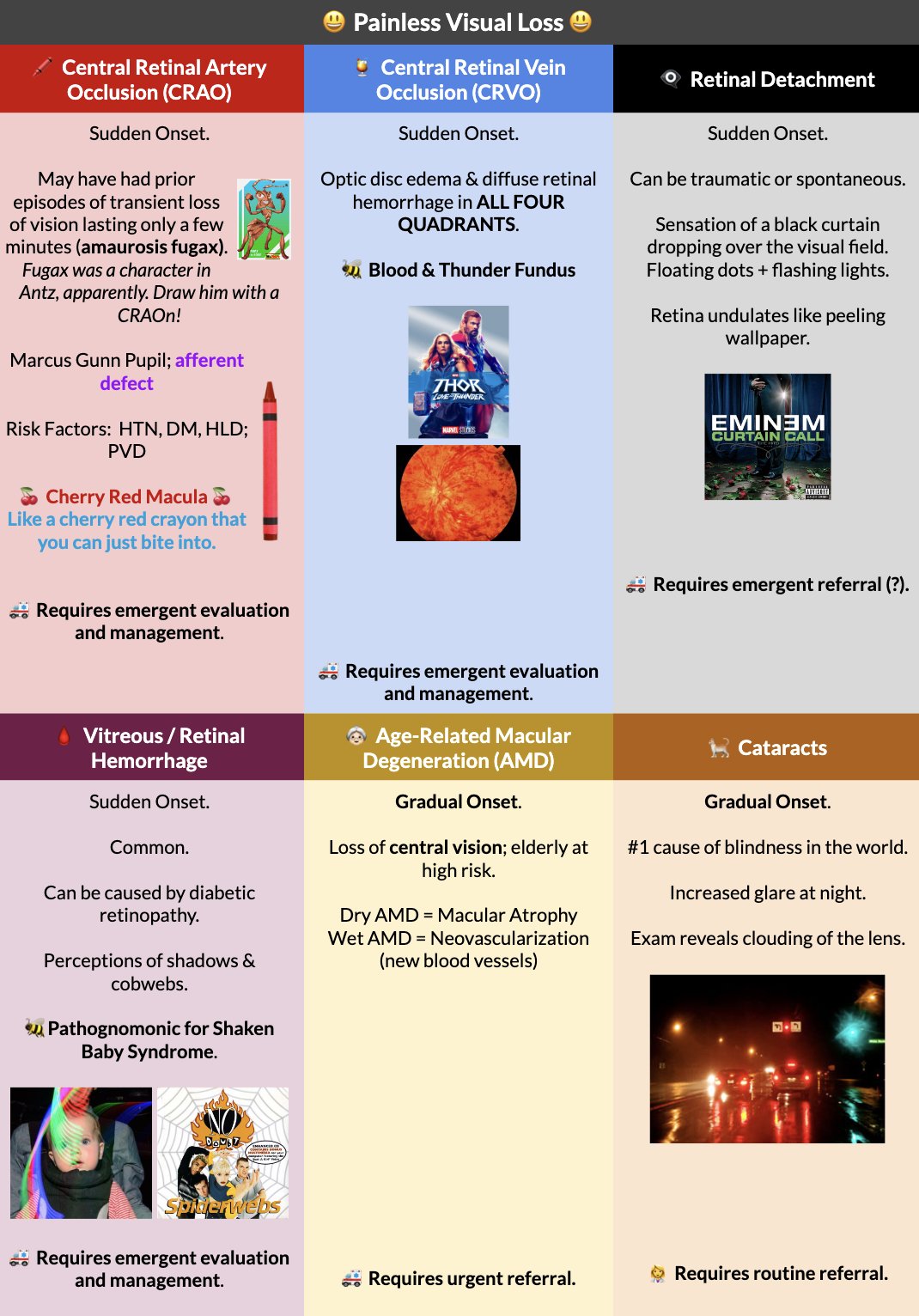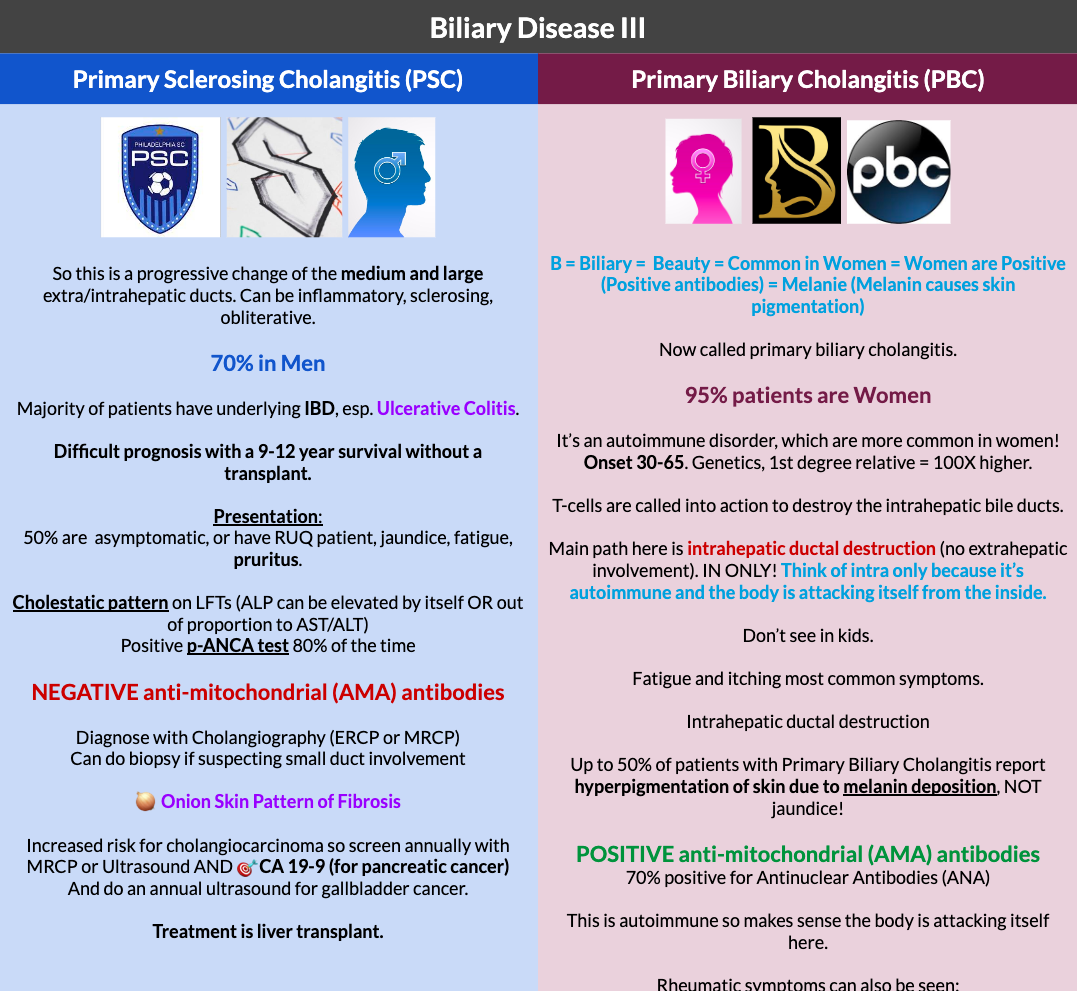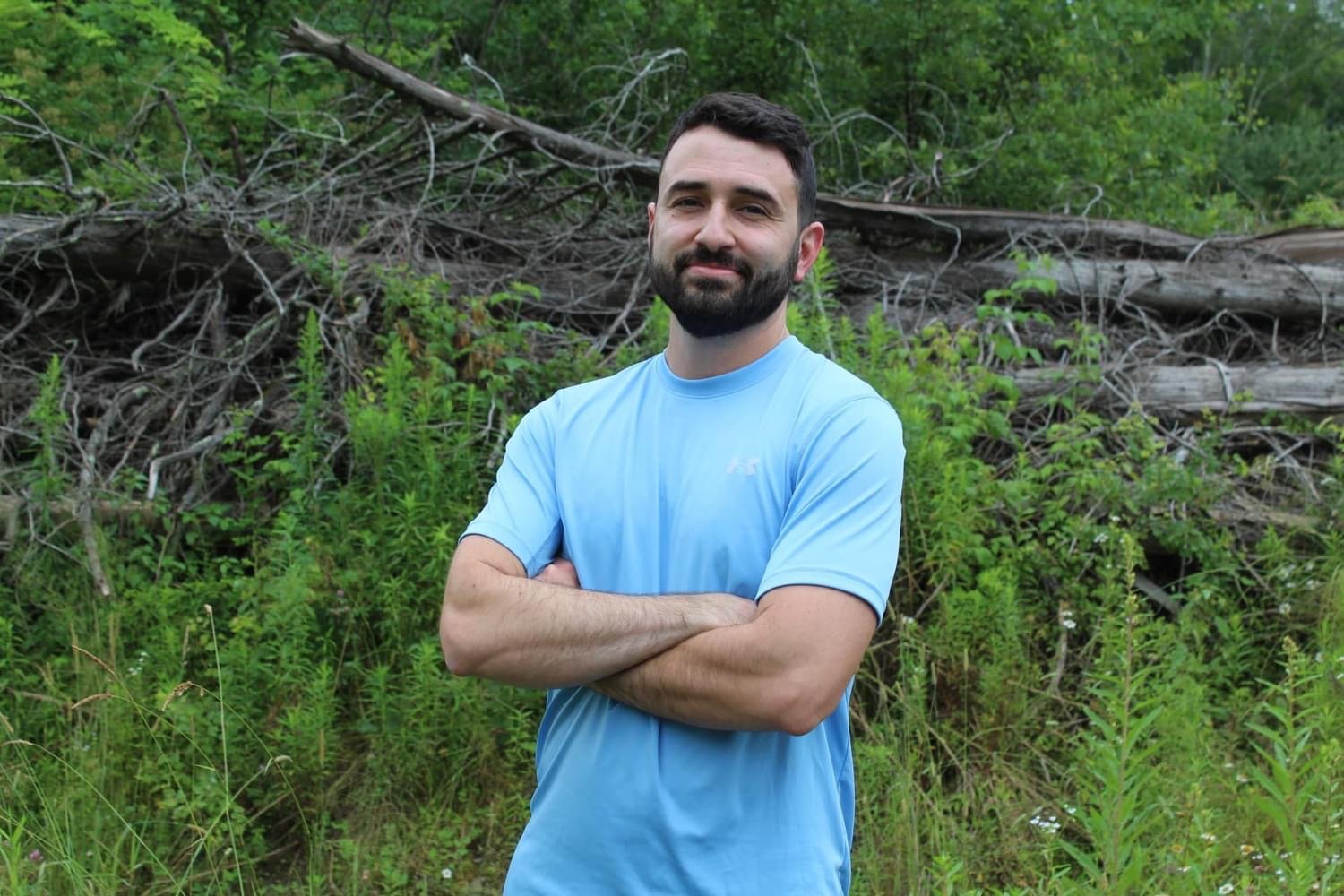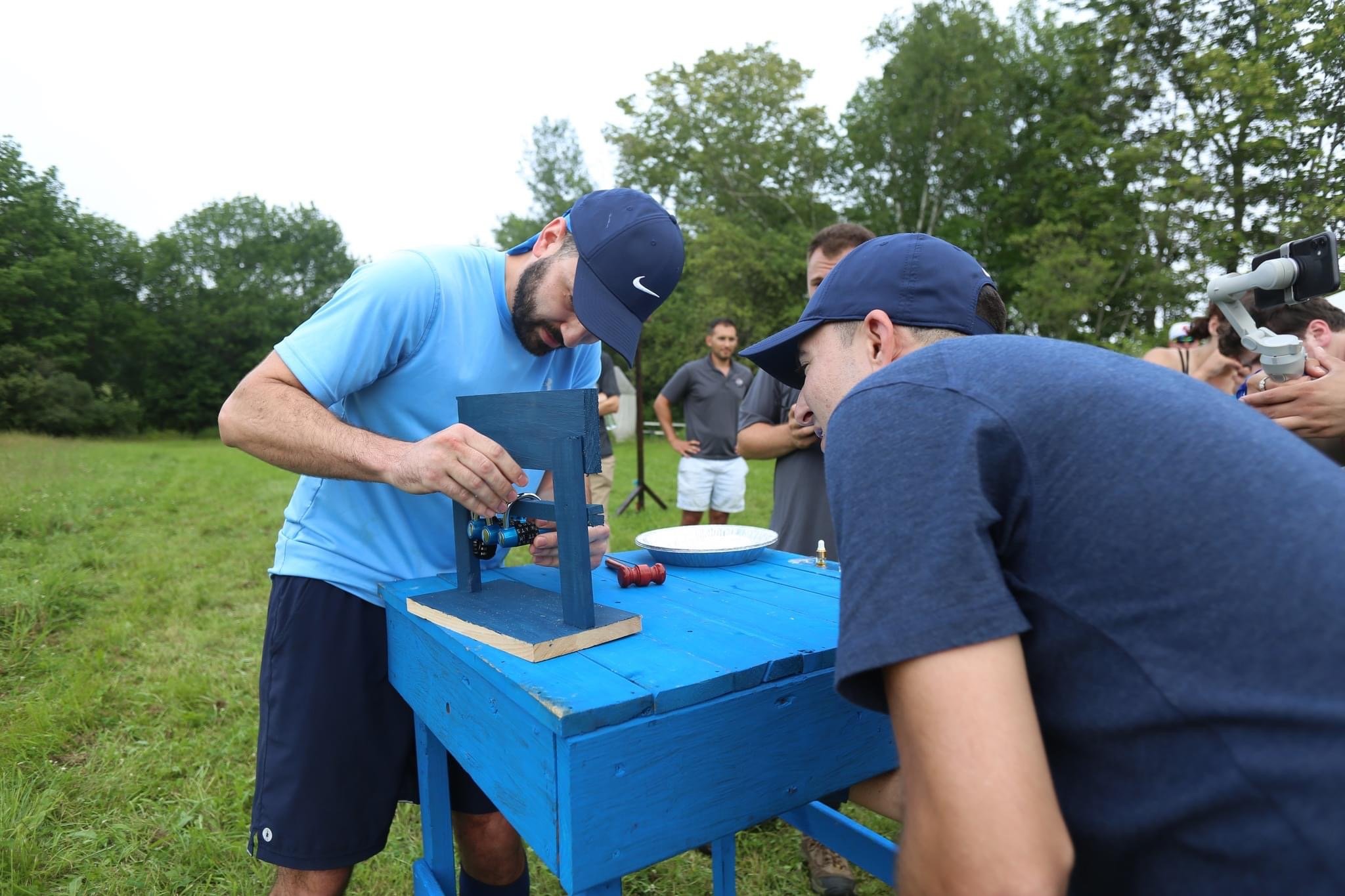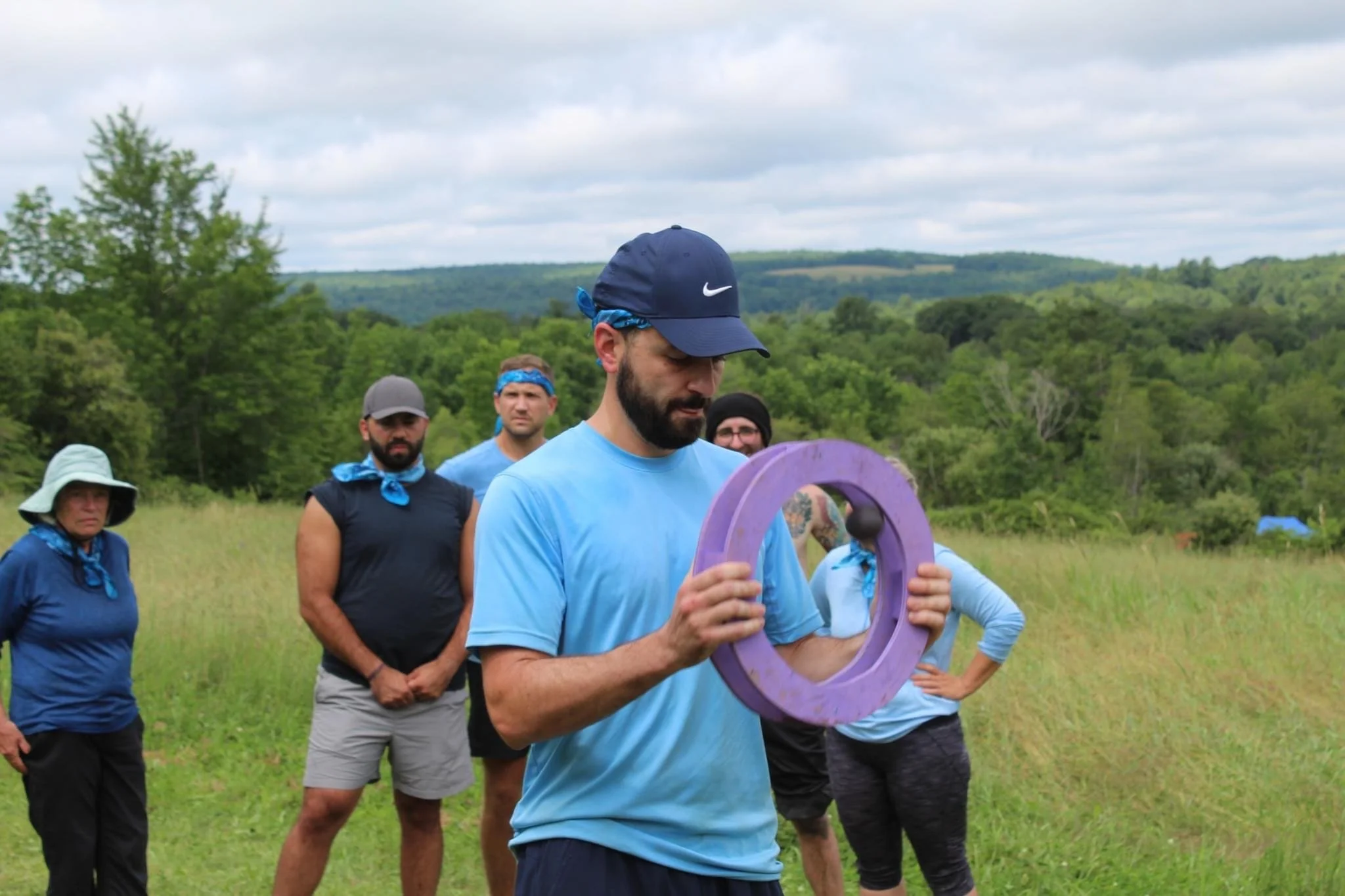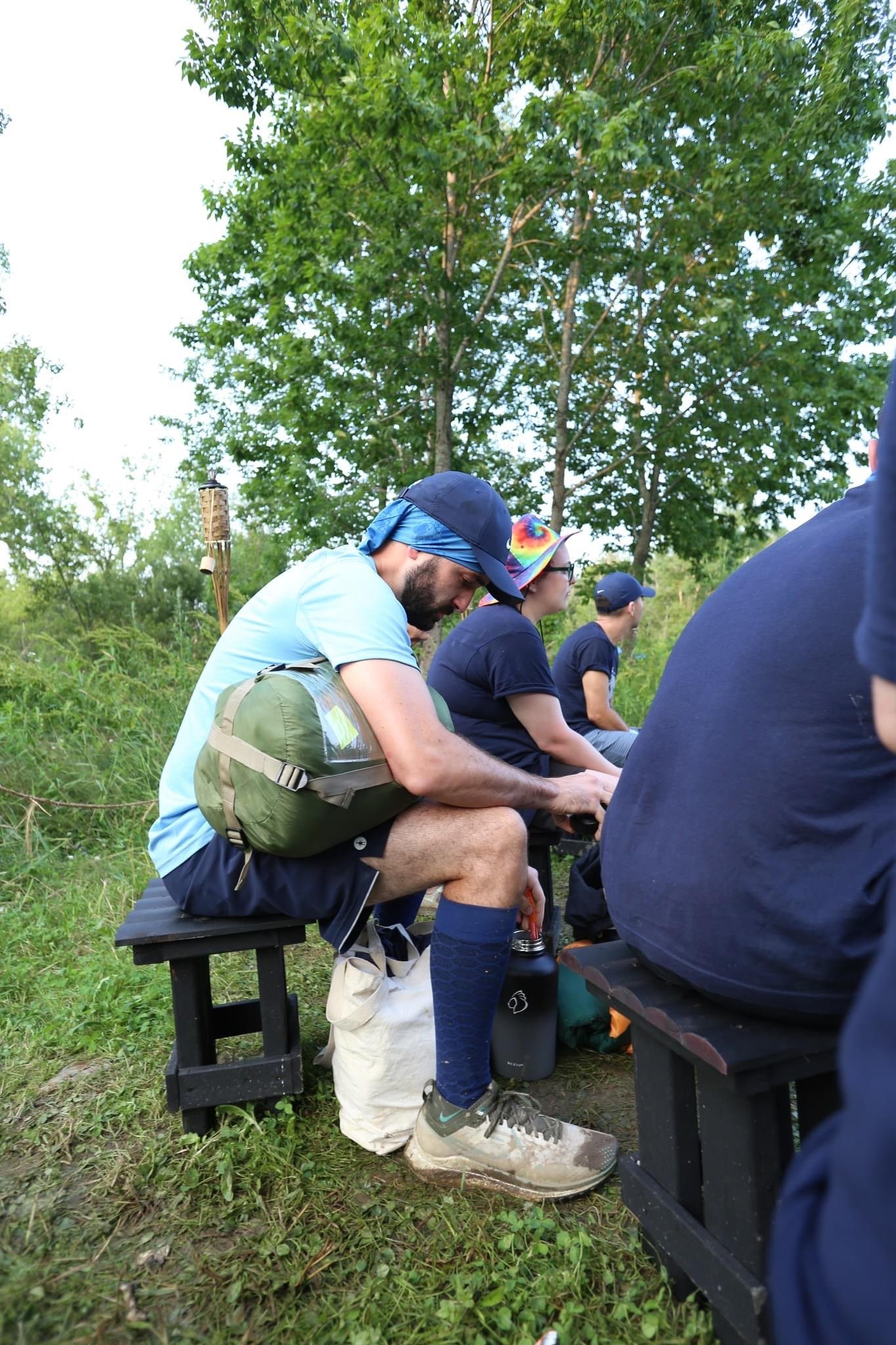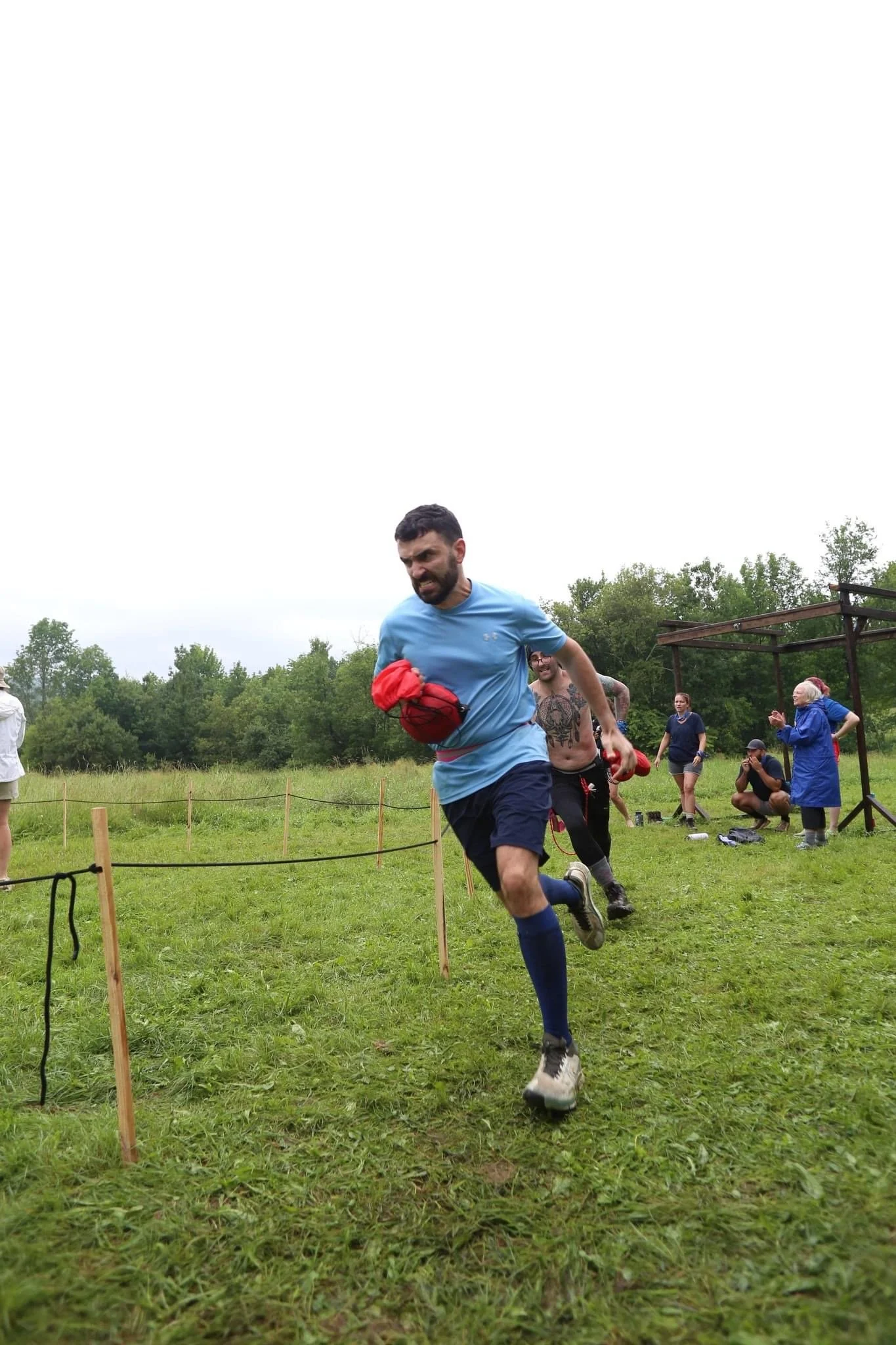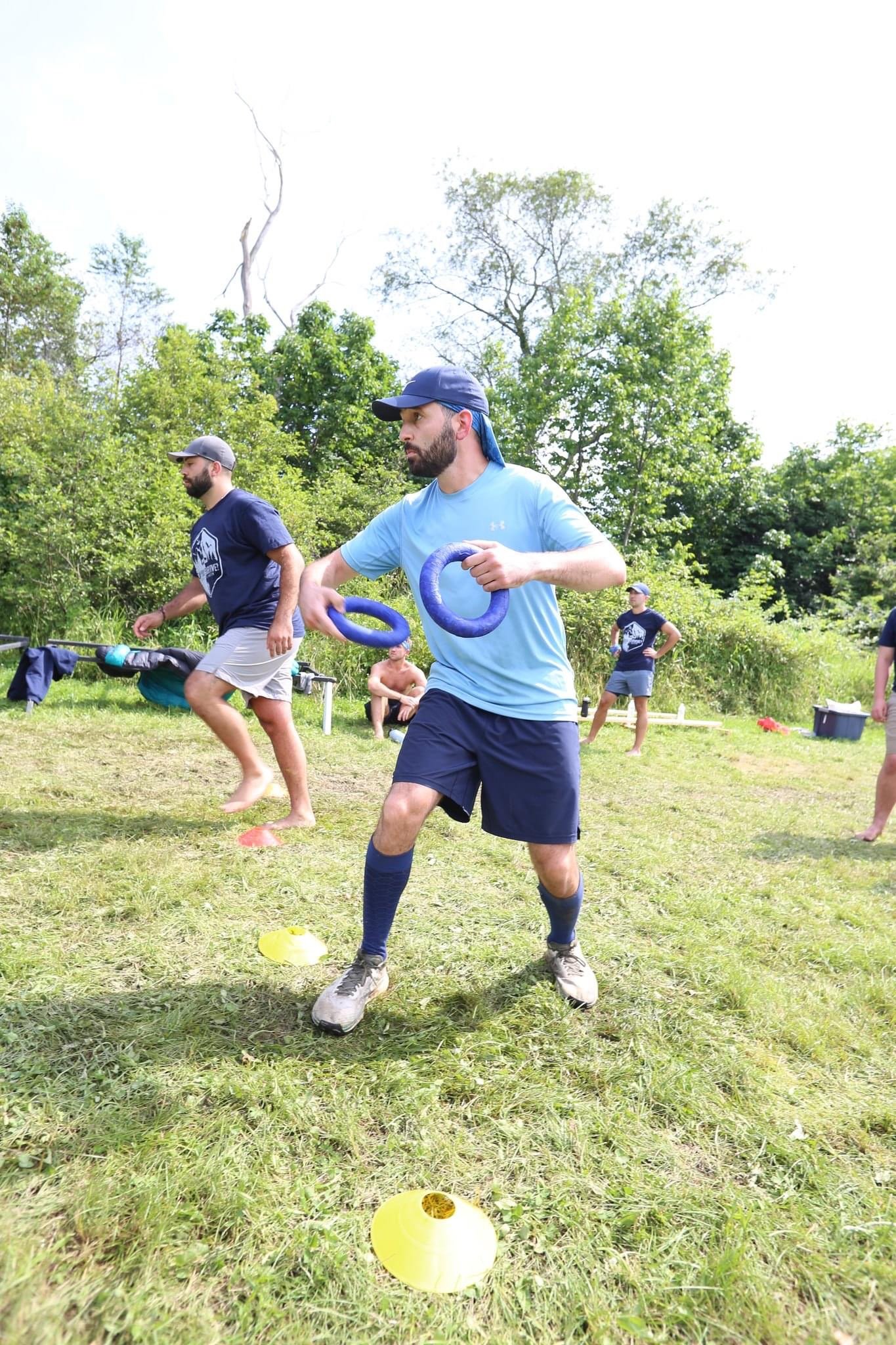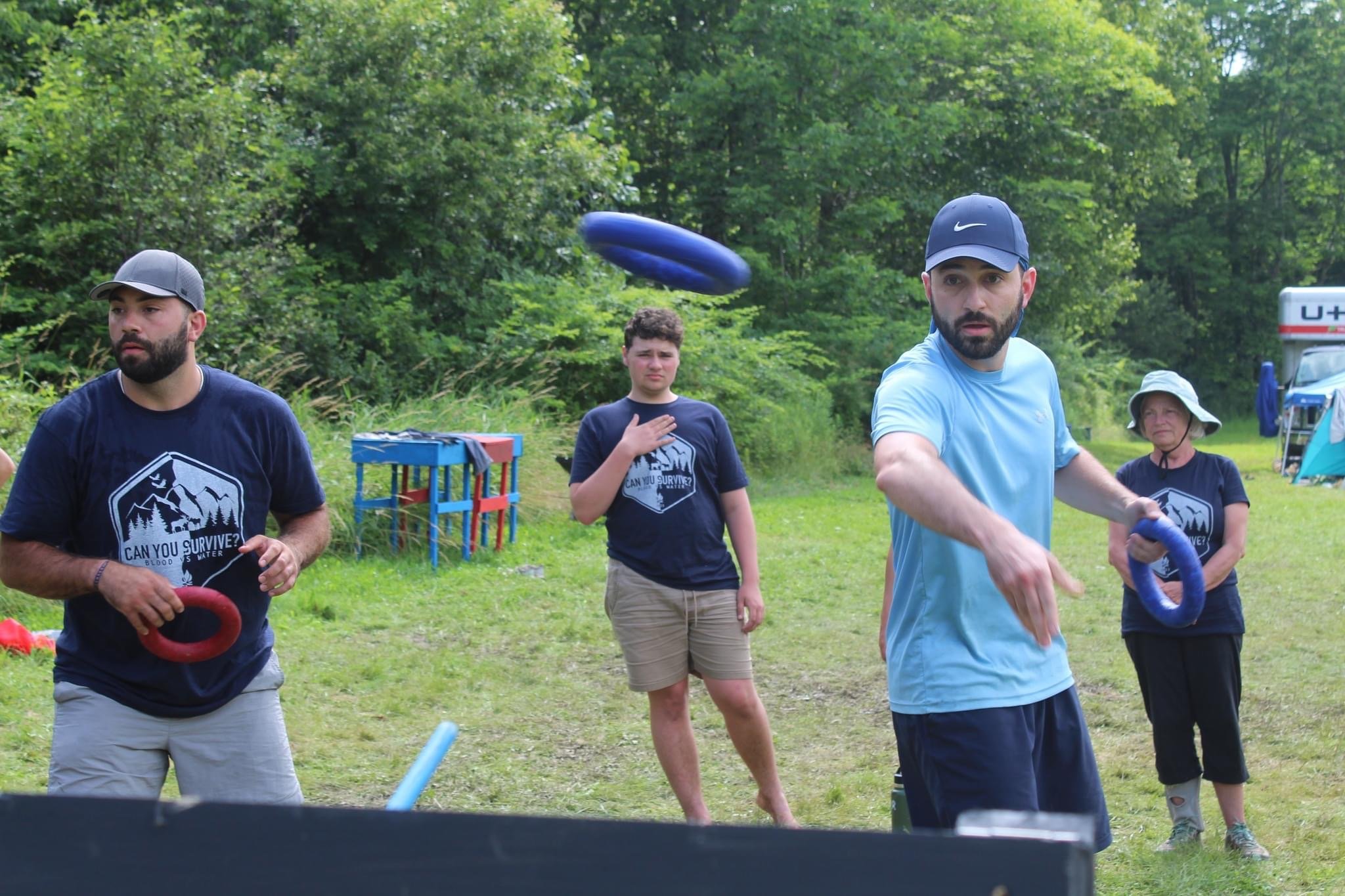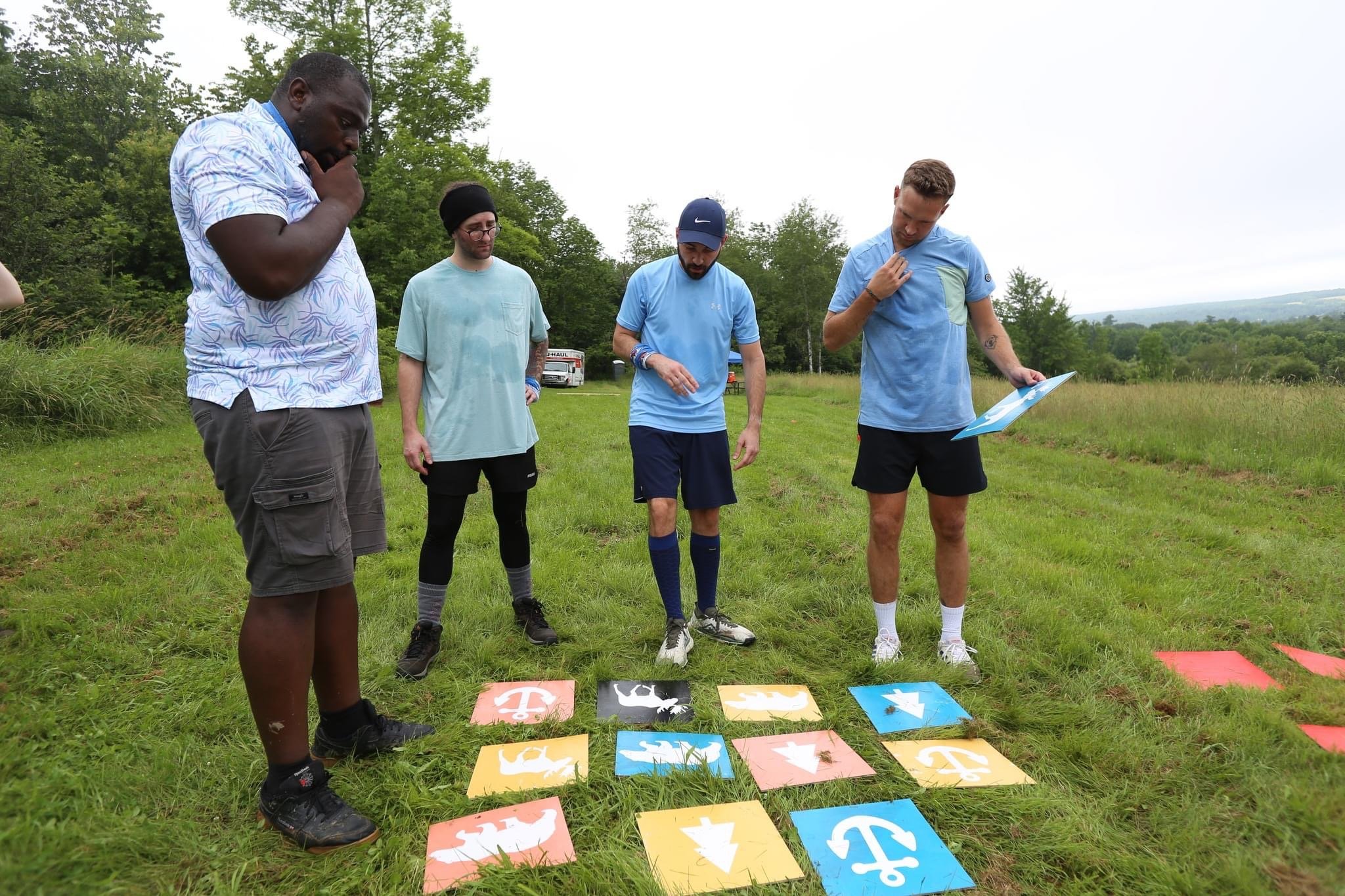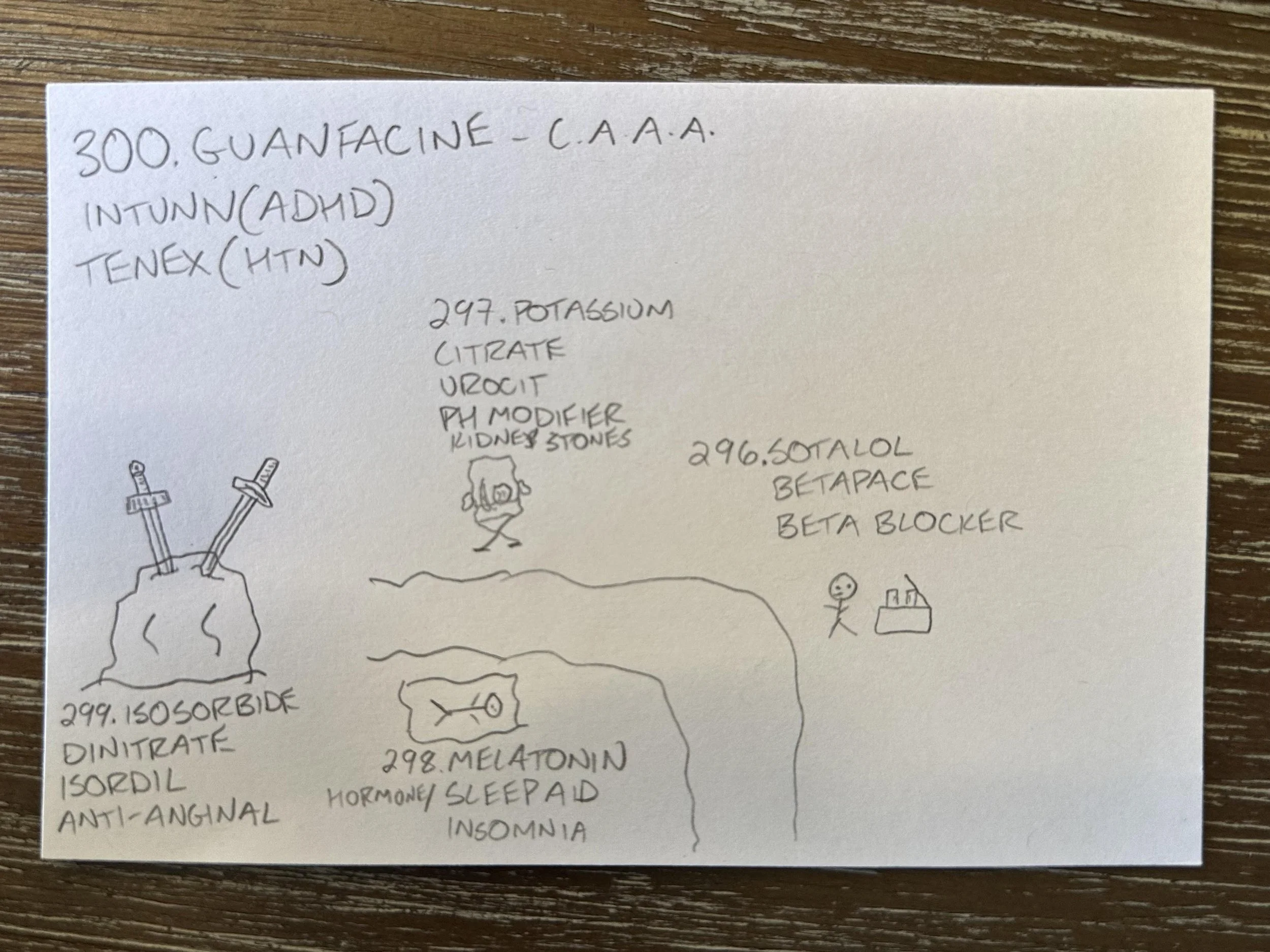Hours ago I finished up the 4th exam for my core course of my second semester of PA School. I’ve been trying to write a blog post since the second week of class but things have been that busy. Spring Semester has been intense. With just days until Spring Break, let’s take a look back at the last two months.
This morning’s exam tested my ability to distinguish among the following:
Primary, Secondary, and Subclinical Hypothyroidism
Primary, Secondary and Ectopic Hyperthyroidism
Primary Hypoparathyroidism
Secondary Hyperparathyroidism
Primary Hyperparathyroidism
Pseudohypoparathyroidism, which is still sort of Secondary Hyperparathyroidism
Pseudopseudohypoparathyroidism
I swear all of those things are real medical conditions. The mental gymnastics I had to employ to keep all of that straight was quite absurd. That content is also just scratching the surface of three PowerPoints (PPT) of a seven PPT exam on Endocrinology.
I actually wrote a blog in May of 2023 called “Diabetes Medications: Quick and Dirty.” Fast forward almost a year, and I created this:
The Endocrine system has always been interesting to me. In March of 2021 while I was studying Biology for my Post-Bac, I uploaded a video outlining a mnemonic for the hormones of the Pituitary Gland. And now, 3 years later, I used the same mnemonic, but made this:
The exam this morning was pretty high stakes for me because my blog has started to gain some attention and I’ve started to recommend my study strategies. So employing them for this exam… and not doing well would have been disheartening and pretty embarrassing. But luckily, I did well. What I’m doing is working. It’s important for me to mention that on here because I talk about so many different study techniques and as a reader you might be wondering, “Okay, yea but does any of this actually work?” ’ll reiterate again: I’m no genius. I’ve had average grades almost my entire life. But in returning to school at 34, I’ve re-entered academics with a fresh perspective and I think I’ve stumbled upon some pretty big revelations and started to get this down to a science. Am I getting 100s? Hardly. But a perfect score should never be the goal in PA School. Perfection isn’t sustainable nor worth the effort for most students. The goal is passing with wiggle room, or “Passing with style.” It’s about doing well enough and still being a functioning human being.
The Feynman Technique
I haven’t talked about the Feynman Technique much, but it deserves special mention. I wrote a 97 page “Study Guide” from seven PPTs of content for this exam, a process I’ve been repeating since September. And the format I follow for my writing is grounded in the Feynman Technique: taking a complex topic and putting it in language that a child could understand. And the idea isn’t to “dumb down” concepts and present them in a condescending way. The idea here is that in order to teach something complex in simple terms, you have to understand it very, very well. That’s huge.
How much of your study time do you spend teaching? The answer should be “yes.”
I’ll share an example of this technique in action mixed with my own personal spin of “StoryNoting”. My favorite example of this has to do with Calcium’s relationship to Albumin:
🧮 Correcting Serum Calcium Based on Albumin
Well a normal calcium is: 8.5-10.5 mg/dL. 85-105mm is a really nice portrait lens if you’re into photography. Here’s the deal, remember that half of that 1% of serum calcium (0.5%) are chilling on proteins like 🛟Albumin. So if 🛟Albumin is low… calcium might be artificially low. Wait, but where does the 0.5% go… it just doesn’t exist I guess? Wouldn’t it just also be in the serum with that other 0.5%? I guess not. So where is it, still in the bones waiting to hop off the bone into the lazy river of blood but it needs an 🛟Albumin float or something cause the water is cold? Yea let’s go with that.
…
Okay, but BEFORE we waste the hospital’s money on a calcium panel, we need to do some math. This is important so let’s nail this. First, remember that:
99% of this bad boy Calcium is in our bones and teeth. The other 1% is in the blood:
0.5% bound to proteins, like 🛟Albumin
0.5% is free and BIOACTIVE.
Yes, so that albumin is important. If that’s low, we need to account for it. We want albumin to be 4.1, like the GPA we’ll never have. If it’s low, remember that means less lazy river 🛟Albumin pool floats for Calcium to jump onto. We need to count how many Calciums are standing on the edge of the river (the blood stream) because there aren’t enough floaties.
We need 4.1 albumin, but let’s say we only have 2, so we are 2 shy of a full pool. So, we add back in to our Calcium, 0.8 for every 1 float of albumin we are missing. How are you going to remember that it’s 0.8? If you can’t remember, picture someone coming into the classroom while you’re taking this exam with an 🎱 8-Ball, POINTING to it, so there’s your decimal, telling you it’s full of calcium, and then promptly shoving it down your throat. Sorry if that’s too much, but now we won’t forget it.
Back to our patient… Normal Calcium is: 8.5-10.5 mg/dL.
The patient has a total calcium of 8 mg/dL and a serum albumin concentration of 2 g/dL. Oof, Calcium is an 8? We need 8.5 to be normal. So do we pull our labs…. NOT YET! Look at that albumin! Missing two pool floaties (2 under 4.1); so we need to account for the fish out of water. So add in 0.8 X2 = 1.6 units of calcium giving our adjusted calcium a new value of 9.6 mg/dL. Very nicely in that 8.5-10.5 range. Send em home!
It might seem absolutely absurd to write things like: “Yes, so that albumin is important” or “Sorry if that’s too much, but now we won’t forget it” or interrupt a thought process with a comment about photography, but I’m not just going to re-type what’s on the slides. That’s a tremendous waste of time. I like writing as a stream of consciousness. If I misunderstand something, I keep it in and just make the clarification. You might also think that writing in “flavor text” is a waste of time. I’d argue that slowing things down and spending more time with topics make them stick; you might as well have some fun while you’re doing that. I’ve spent two hours on 11 slides before because I really want to understand those 11 slides before I move forward. As much as I promote the usefulness of memory, understanding is critical.
The key with Feynman is to write notes for an audience, not for yourself. This forces you to be really clear and break things down. Other students do read my content, but even before they didn’t, I wrote in this fashion.
Taking a concept like Calcium & Albumin and turning it into a conversation about lazy rivers and pool floaties? That’s not studying. That’s just plain fun.
Anki Live
Something new I’ve been doing this semester is recording myself studying and then uploading it to YouTube. This is effective for me for a couple of reasons.
When the camera is on… I’m “on.” I find I never pick up my phone, get distracted, or browse away from what I’m studying. I’m staring at myself on screen and keeping myself accountable. It also gives me the opportunity to kind of “perform” while studying. I make commentary, get animated, get frustrated, and get excited when I get things correct. And even better, I can watch/listen to these videos while I’m doing laundry or driving to campus. A fellow student told me she was searching for resources on YouTube and my video came up. “I listened to it on a bike ride. Can you make more of these?” I mean, sure.
I’m very productive in the morning but once the afternoon comes around, I’d rather watch paint dry or go to the dentist than study another hour. Anki Live is my way of forcing myself into productivity. I get to create content, I get to populate my YouTube channel. It’s different. It works.
What Works
My recipe for success at the moment is the following:
Get a good night’s sleep every single night. Zero exceptions. If you want to maximize your sleep even more, go to bed and wake up at the same time every day, seven days a week. If you’re not sleeping well, you’re shooting yourself in both feet.
Protect your mental health at all costs. After an exam, avoid people. Suppress that urge to ask, “What did you put for…?” The best case scenario is you feel lucky, the worst case scenario is you feel stupid, and the even worse scenario is you make someone else feel stupid. I think that last part is very important to realize. If you want to look things up and see what you got right/wrong, do it in your own time. Make the acceptance of a failure a personal experience. It’s better to laugh at your own mistakes alone than try to argue your reasoning for why you chose an incorrect answer to a crowd. I almost always get defensive when everyone said A but I put B so I’ve taken myself out of that equation. It’s human nature to not want to look stupid. It’s human nature to want to be the person that saw something that no one else did. It works wonders for mental health to let all of that go.
Spend time with the content that you’re studying. Just you and the slides. Take your time, limit interruptions, and go over every single word and bullet. Don’t move forward to the next slide until you understand the one before it. Teach every slide in simple terms before moving on, whether you want to handwrite or type. Make it into a story and don’t take it too seriously.
You need to zoom out. 115 slides means nothing if you don’t understand the big picture. How many categories are here? How do they relate to each other? How many “Players” are there? You have to look at the entire cast before you can understand each character. Then… don’t just write an outline or massive never-ending spreadsheet! Put all of the players together in a scene and make something beautiful. Make your notes an invigorating episodic TV-show, not a drawn out, boring documentary.
Utilize spatial memory. The research says handwriting notes is superior but it’s critical to understand why. It’s not because they’re slower; it’s because they utilize spatial memory. Google Docs tables also utilize spatial memory. Also, do you know what technique the Official USA Memory Championship Record Holders use? Memory Palaces, a form of spatial memory.
Stop using Quizlet and start using Anki. You need to spend less time with the flashcards you know and more time with the ones you don’t. Also seeing a flashcard once doesn’t mean you know it. And when you get one wrong, Quizlet just shows it to you immediately again. With Anki, I have to see a card three times, spaced out, before it goes away.
If you really want to pick up extra exam points, study at least a few hours per exam with a group of people. What the group as a whole thinks is important is usually on the exam. Words of fellow students are very memorable.
Put interconnected topics all on one page and study little pieces of the larger whole, but never look away from that larger whole. Give the information you’re studying a permanent home rather than a fleeting short-term neuron. Put 100 slides into a single table and image occlude 150 words and keep running through it until you can almost recite the entire table from memory. I use Anki for this. If you were memorizing a map of the United States would you just look at one state, or even one region, at a time?
Here’s an example:
This goes into Anki and all but one occluded yellow box will appear at a time. That’s one flashcard. Let’s say it’s the one in the middle-right blue box surrounded by the purple asterisks. It reads “ETOH.” Once I get that right, I need to get it right two more times before the card goes away. In about 45 minutes, I’ll have weeded out the easier stuff. ETOH is pretty easy to remember but a lot of these others aren’t. I might have to try them 5 or 6 times before getting them correct. Then, the next day, I need to get the right once; this helps even more to see what I know and what I thought I knew.
The other massive benefit to this strategy is you can pick up trends. Oh… this class is good for ASCVD… where else did I see that. Oh it’s literally right here. I don’t have to go searching for connections.
In PA School we get whiteboards and wax pencils with each exam to use however we’d like. This morning, I took about 10 minutes after the exam began to fill the whiteboard. Each PPT had key tables that I created so I then drew out each one, whether that was a 3X3 or a 2X1 or a 3X2 and put the title of each box where it belonged. Just the title! I just need to know what goes where and the contents of each box just appear in my head. This allowed me to harness the short term memory of everything I had been studying, without the interference of the exam. I also noticed it calmed my nerves immensely. Staring at a blank whiteboard and having to draw something out mid-exam while your brain is already fuzzy isn’t ideal. The moment right before you dive into that first question is the moment on the exam when your head is the clearest. Utilize it.
Staring at a whiteboard loaded with the most high yield parts of your 97-page study guide that you wrote over the past two weeks, organized by spatial memory? In the words of Chazz Reinhold from Wedding Crashers: it’s like fishing with dynamite.
Freedom
Having spent over 10 years in Corporate America, you get used to hearing the words “No” and “You can’t do that” and “We’ve always done it this way!” I realized the life of a student is so incredibly liberating. It doesn’t matter how you study. You’re in complete control of how you get to your destination. I’m really grateful for that.
This last exam was a true test of my methods. I was terrified that I’d created so many tables that I’d confuse them all and I’d have to walk into remediation with my tail between my legs and have to admit that my silly rainbow-colored Google Docs charts had finally failed me and I’d have to resort to re-reading notes and typing out outlines. “Maybe stop spending so much time on choosing pleasing color palettes and emojis for your notes. Maybe stop writing out your notes like a blog post and just outline them like students have done for centuries. Put down your silly Nintendo controller and start taking this seriously. You’re going to have to start missing a little bit of sleep. This is a grind. This is a sacrifice. It’s not supposed to be fun. It’s supposed to be hard or else everyone would be doing it.”
Maybe one day I’ll hear those words… but it wasn’t today.
